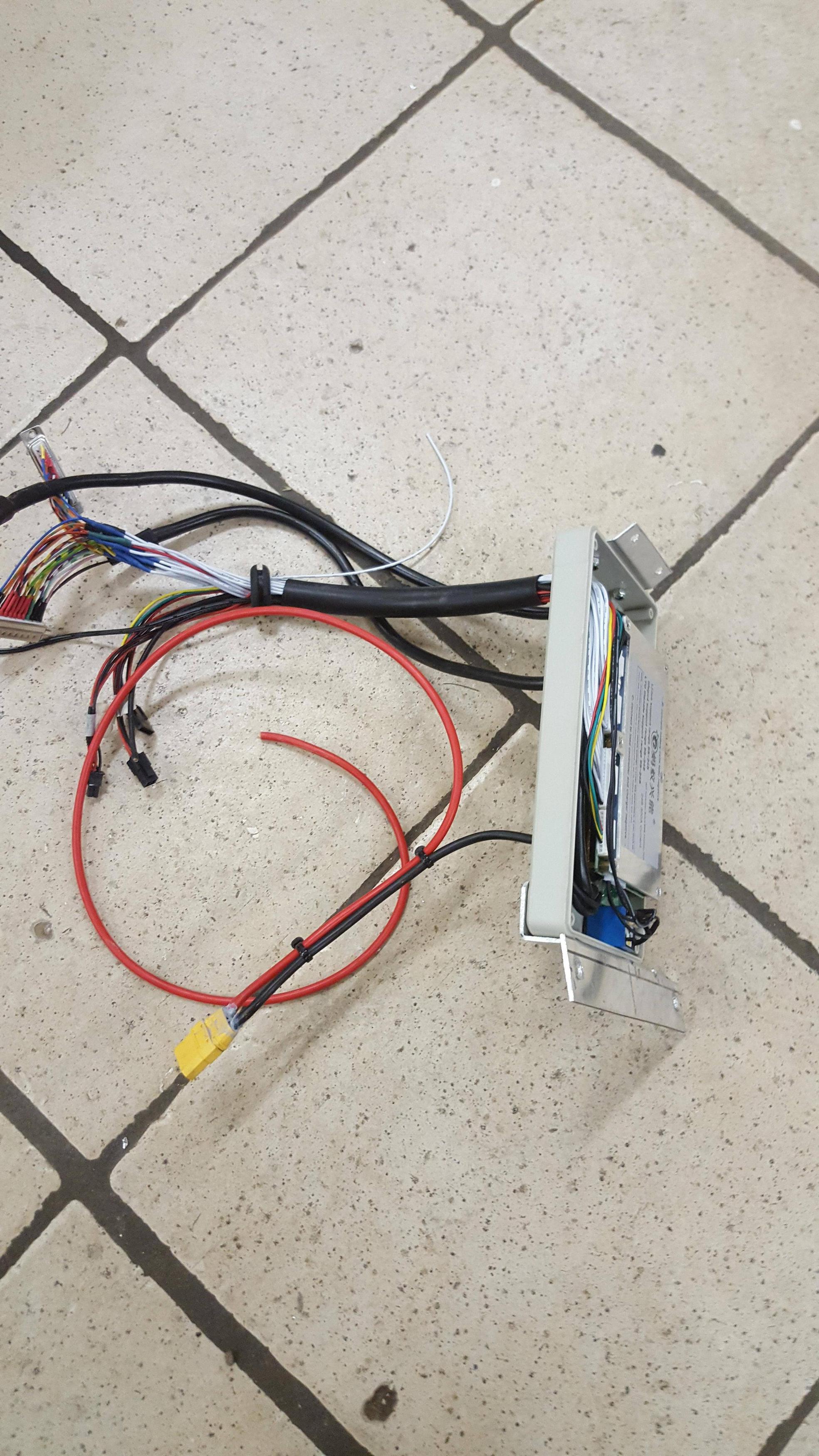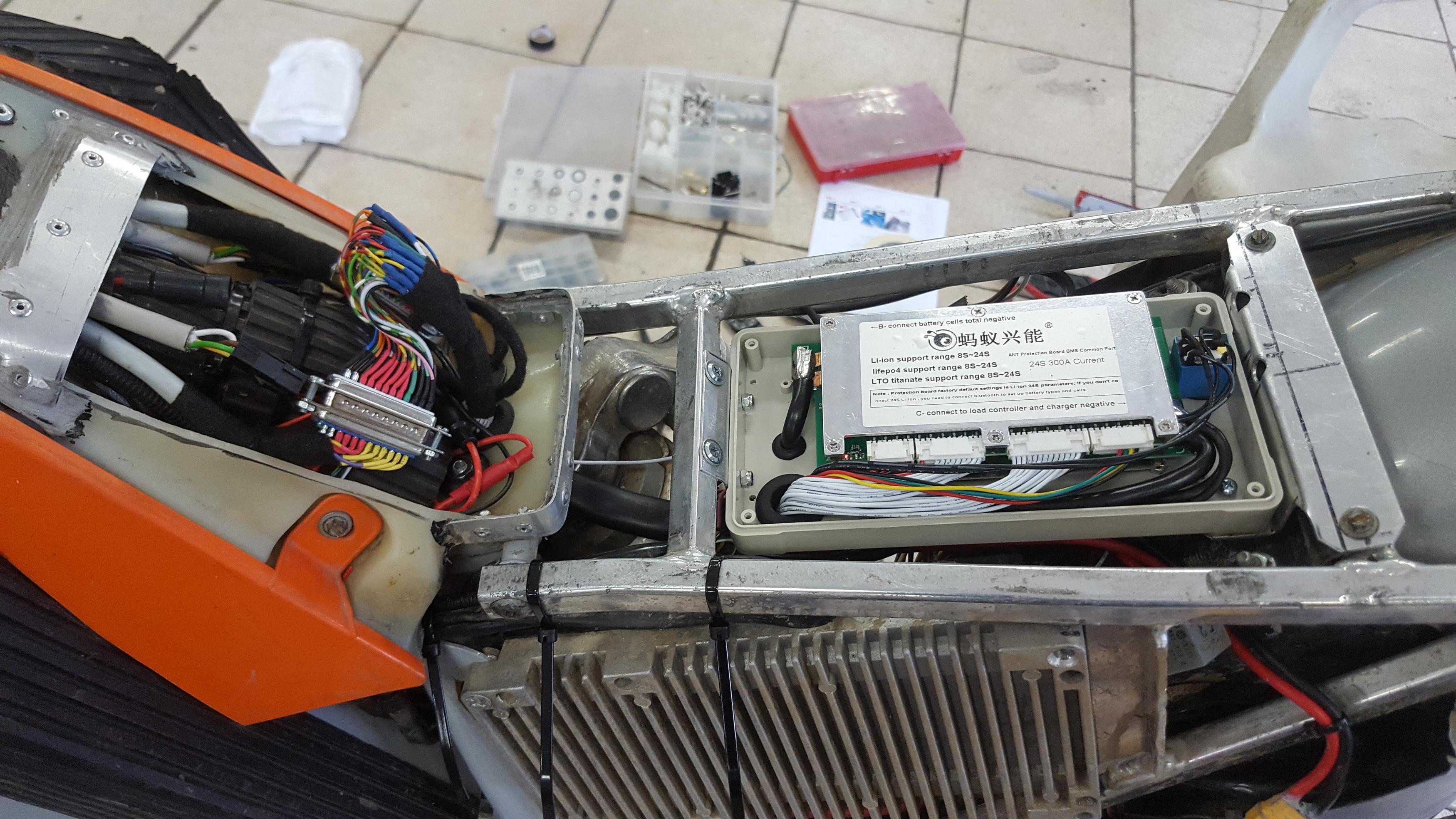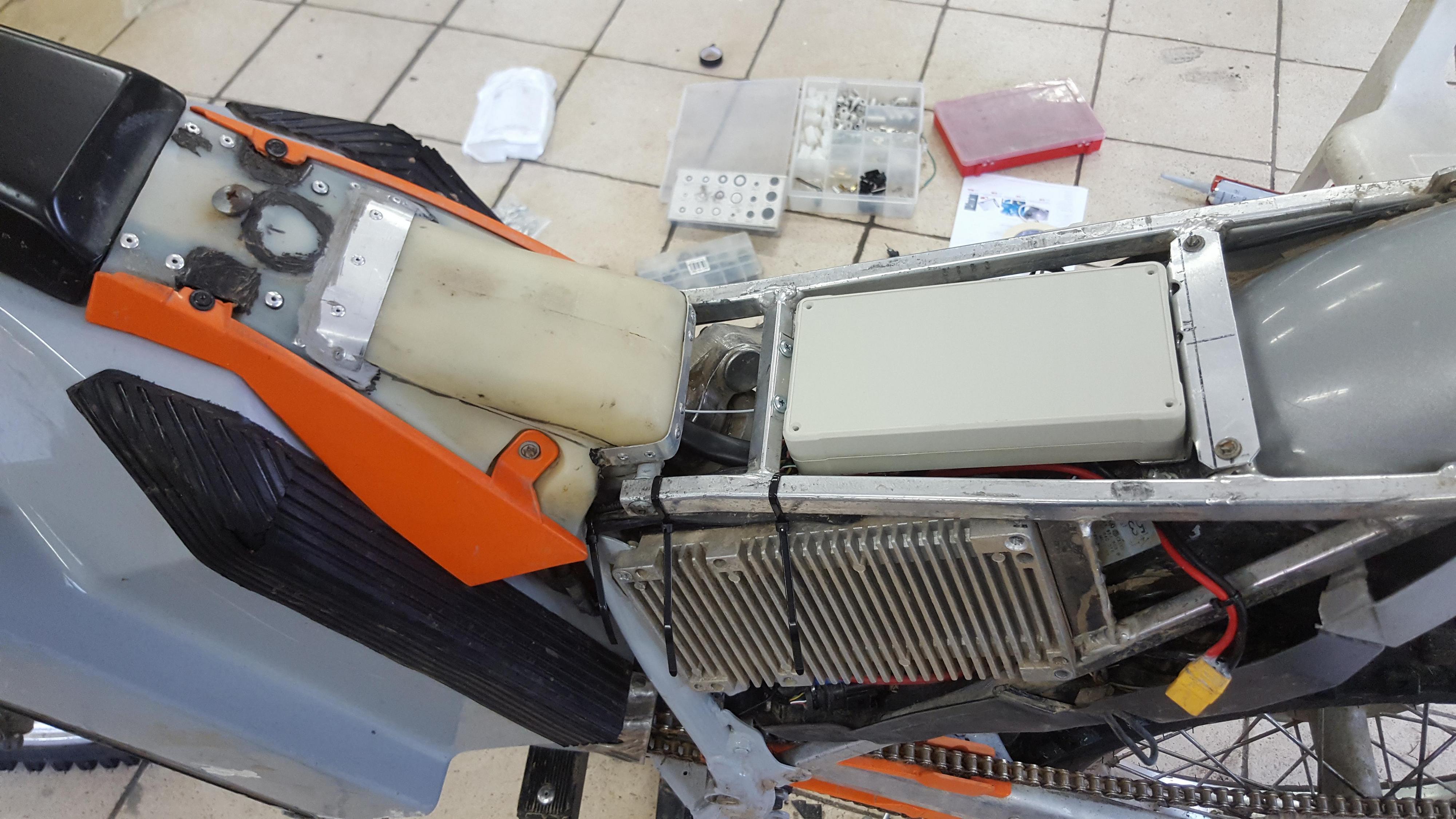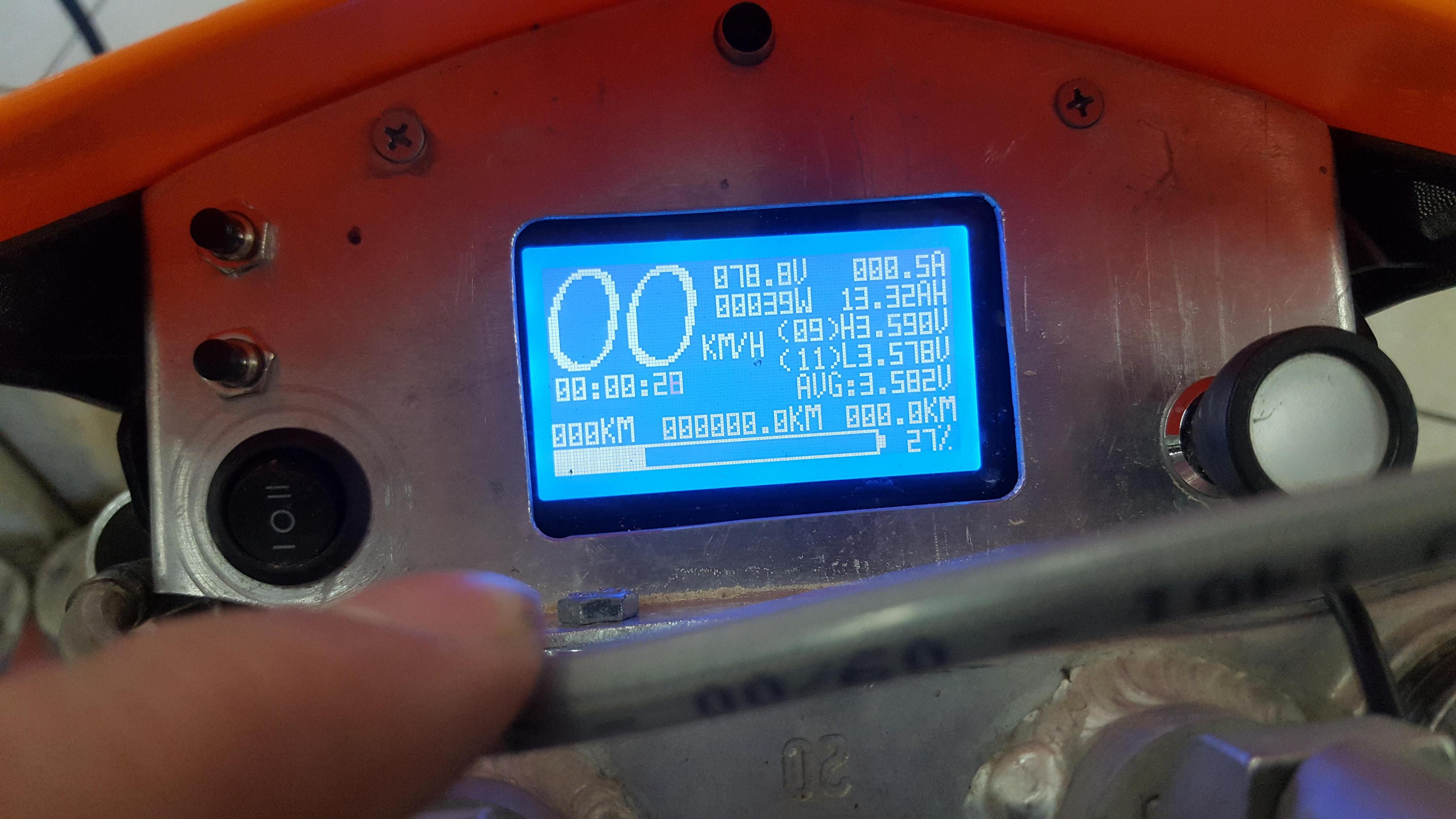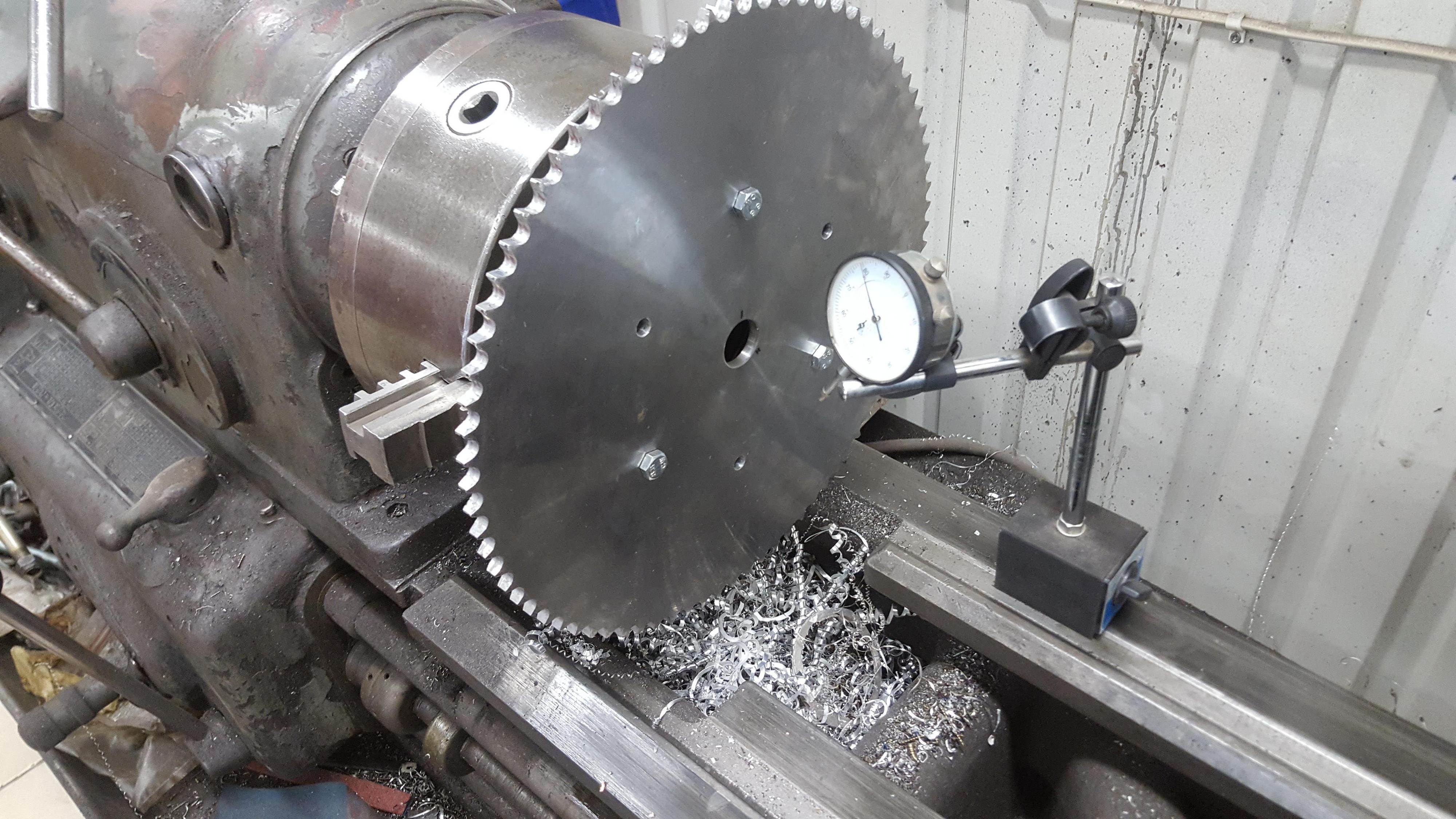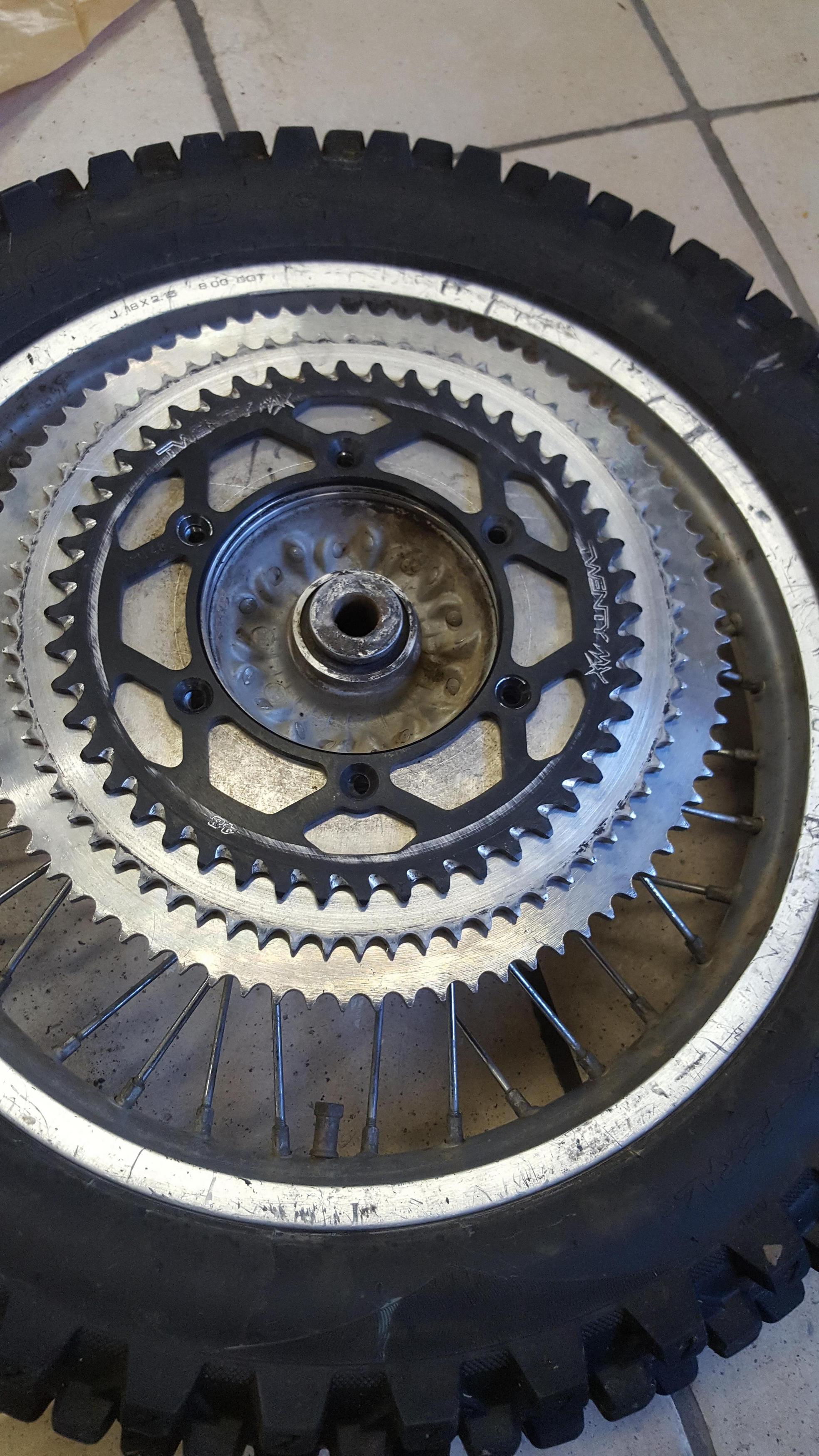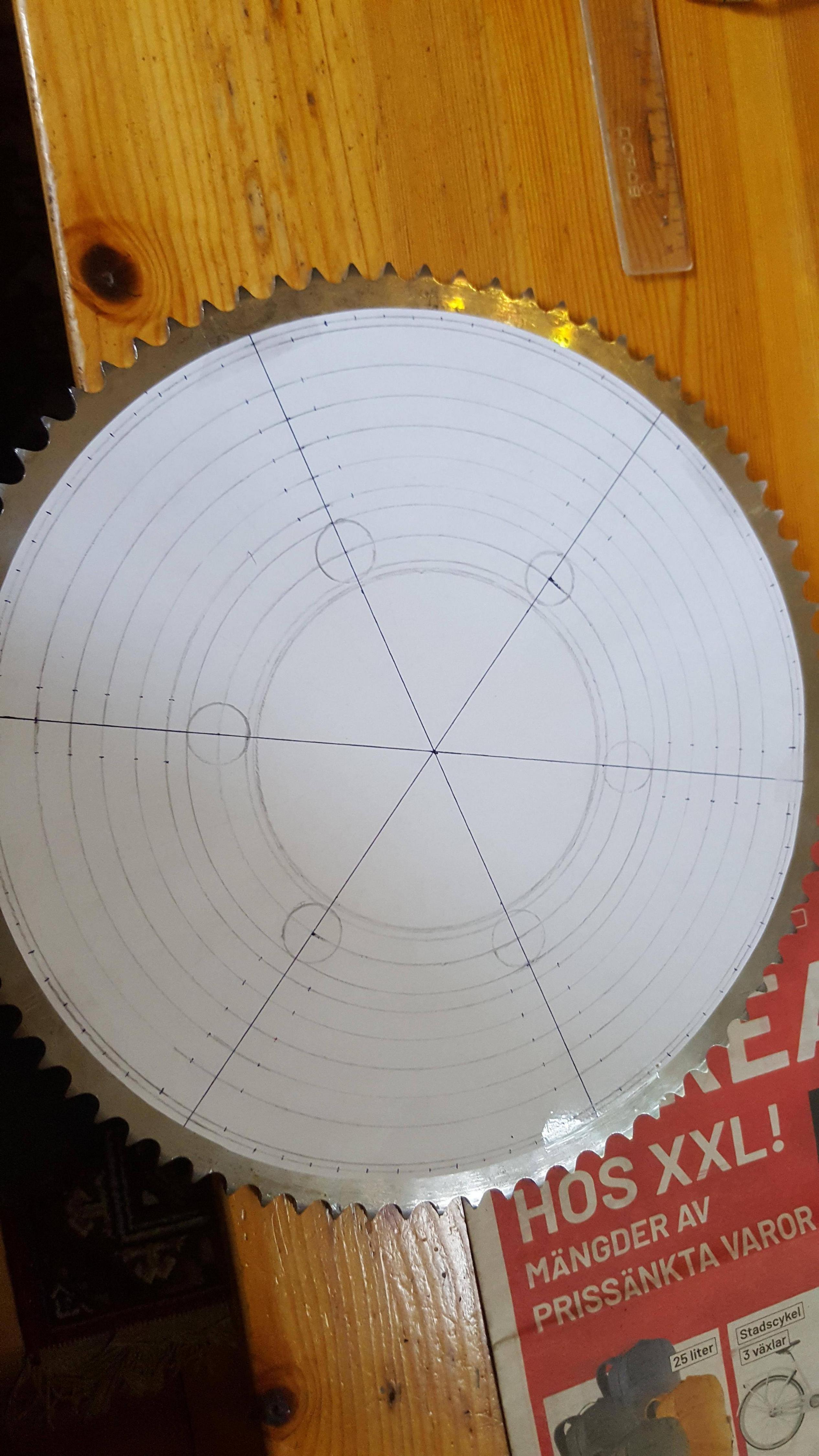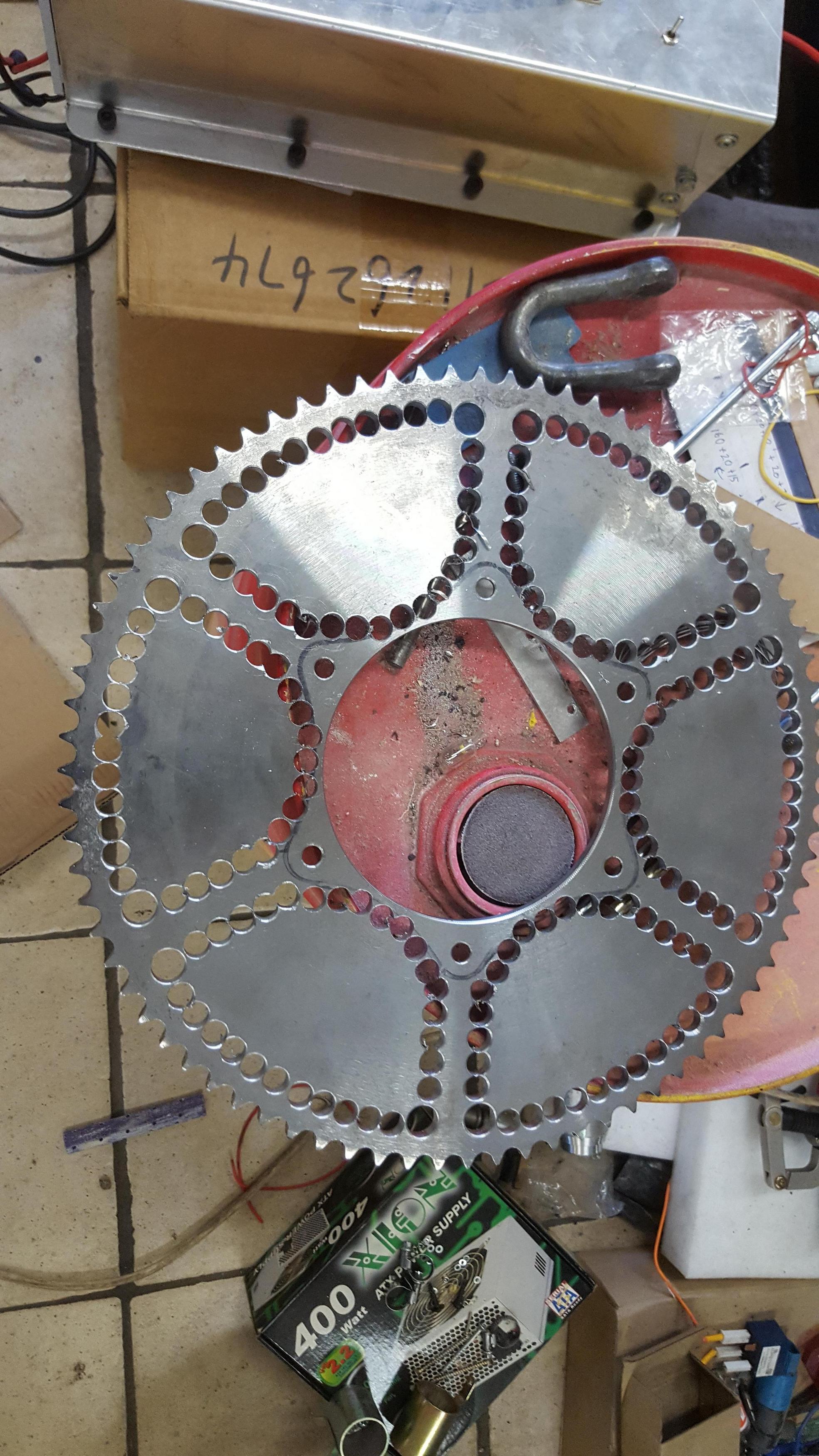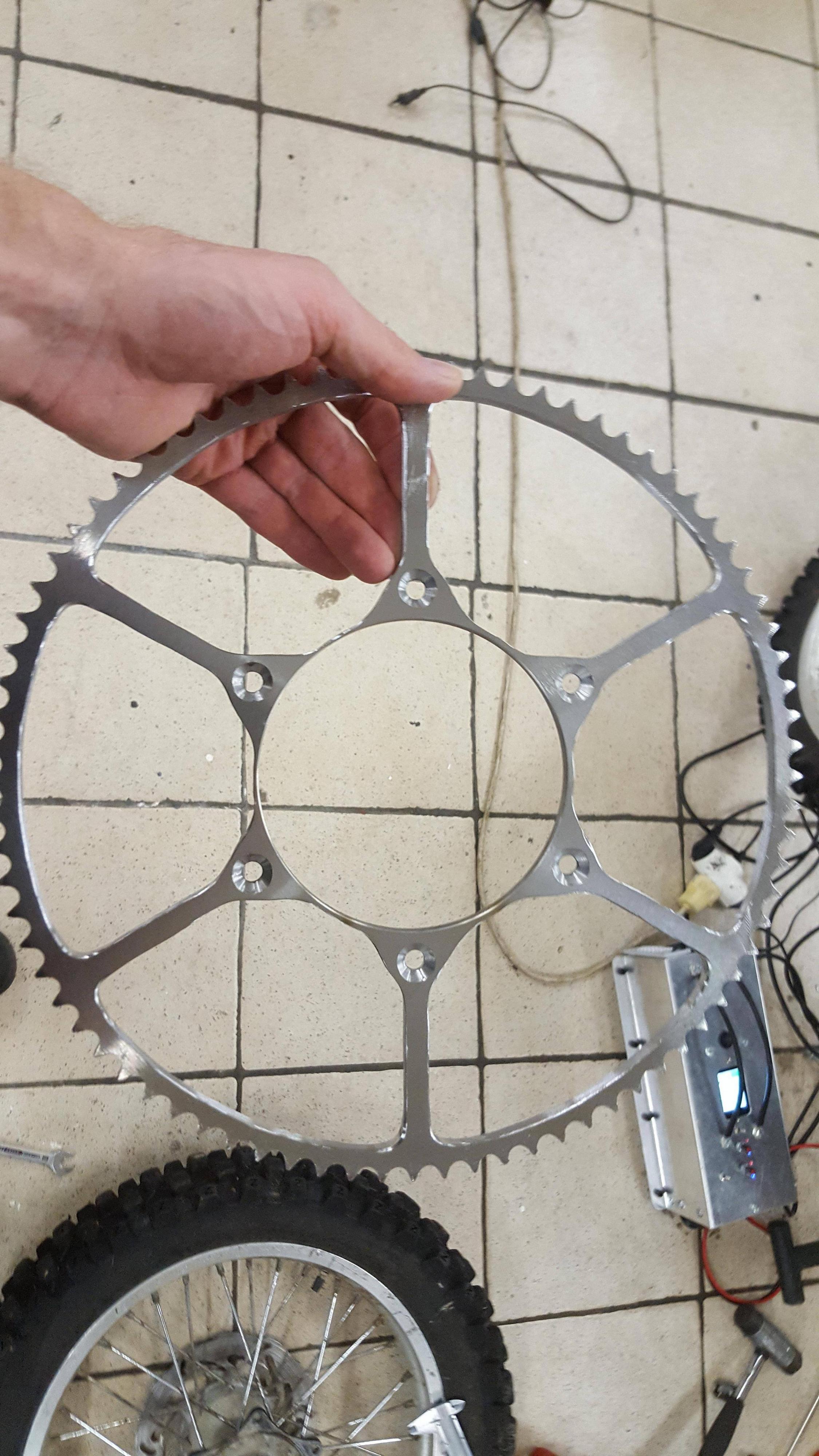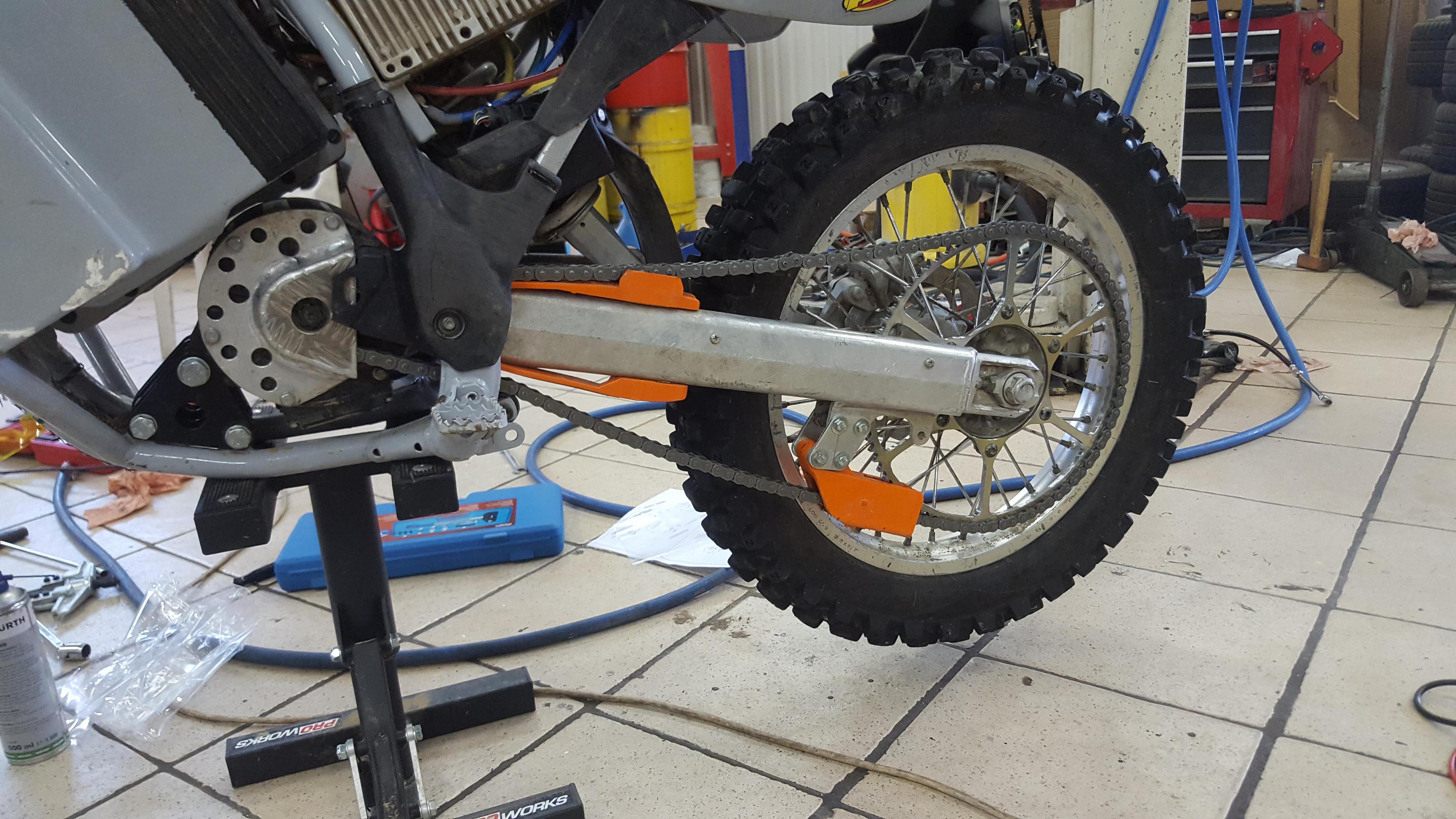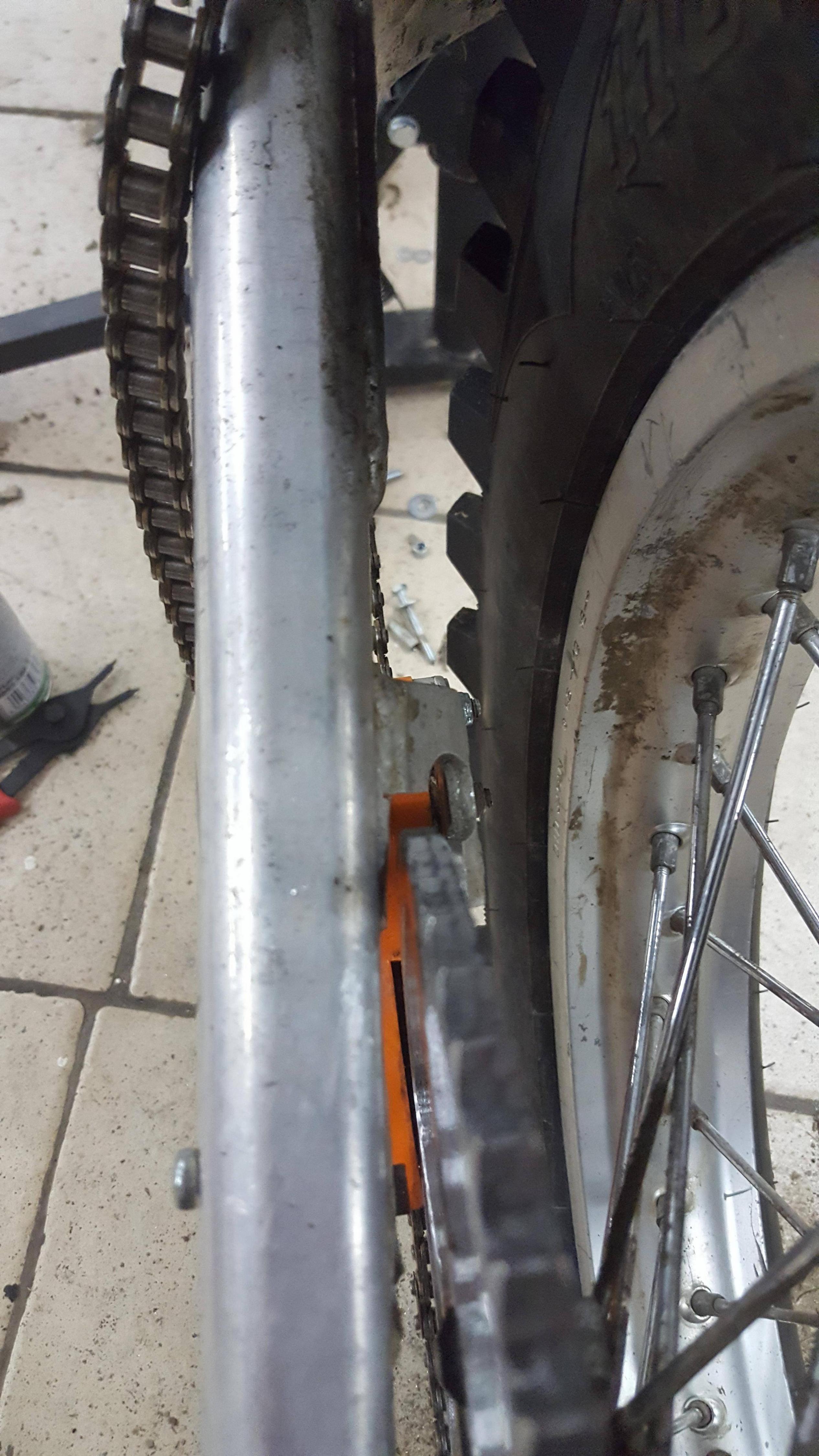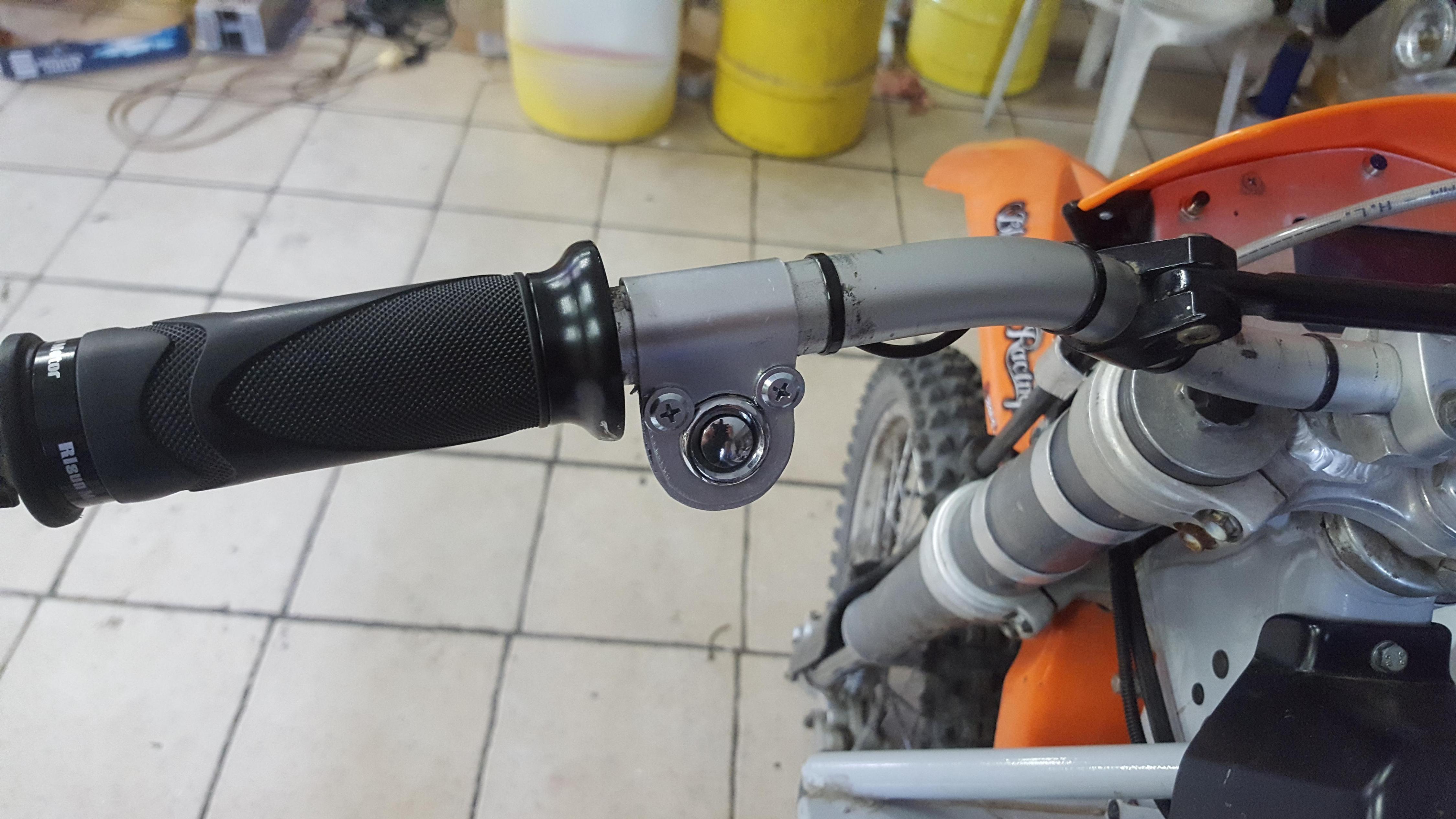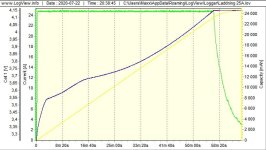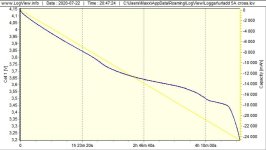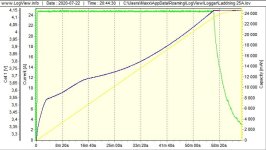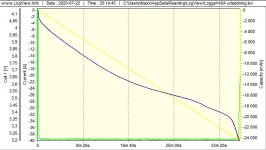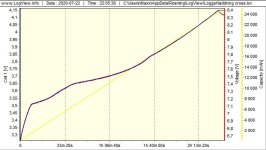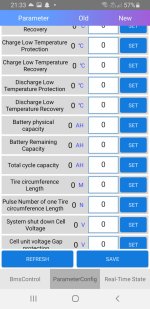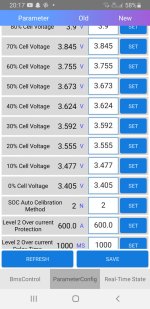j bjork
100 kW
I had a few crashes last time, one is a bit worrying:

I hit a rock with the battery box.
It is a metal frame around the cells, but it is hard to tell how hard it was hit.
The fiberglass bounces back. The cell voltages seem ok, they are about 0.02 between highest and lowest.
That is about how well I balanced them, a few charges ago.
My shoulder took the hit from another crash, that seems to need some time to heal.
I think I have to learn not to crash

I hit a rock with the battery box.
It is a metal frame around the cells, but it is hard to tell how hard it was hit.
The fiberglass bounces back. The cell voltages seem ok, they are about 0.02 between highest and lowest.
That is about how well I balanced them, a few charges ago.
My shoulder took the hit from another crash, that seems to need some time to heal.
I think I have to learn not to crash


